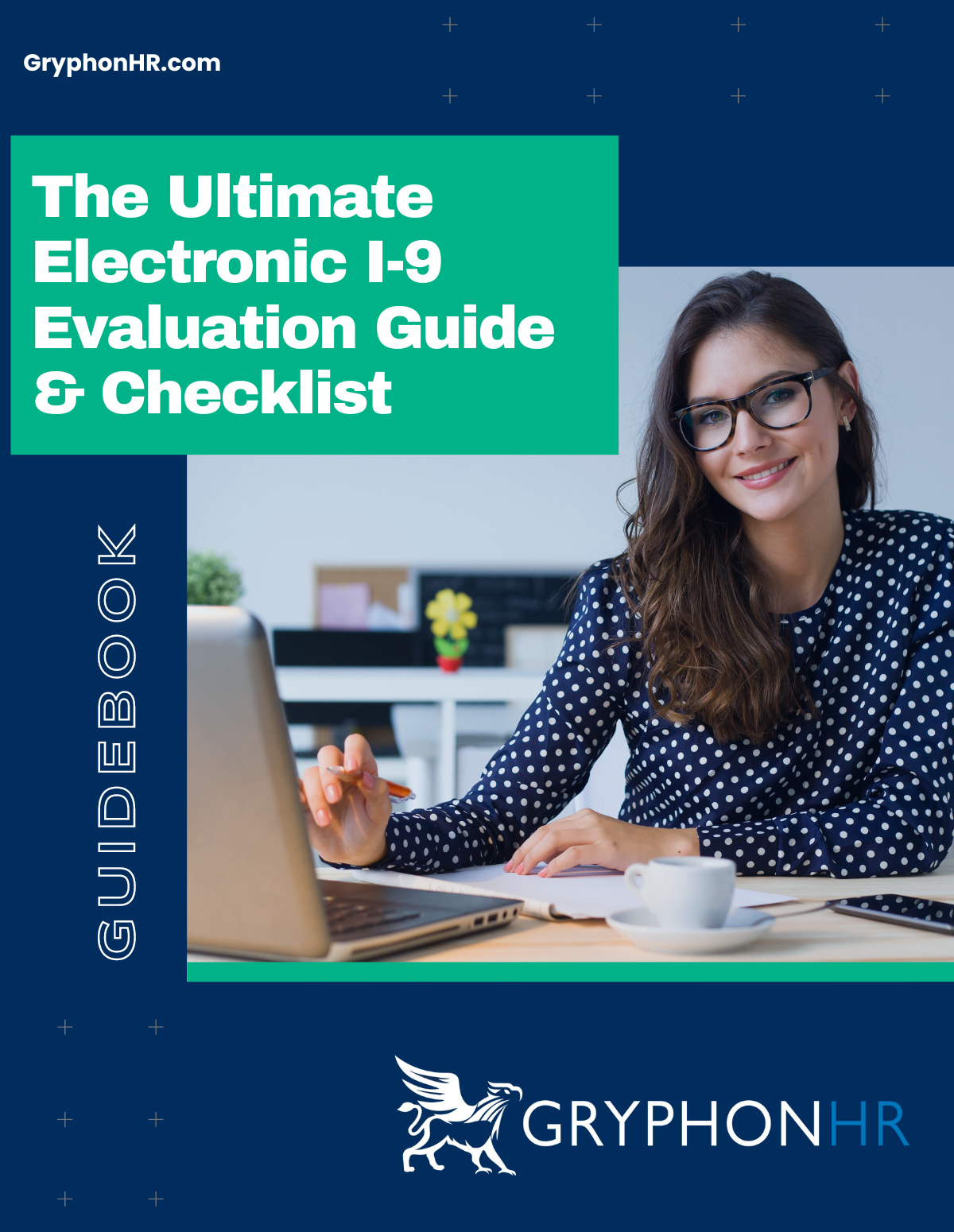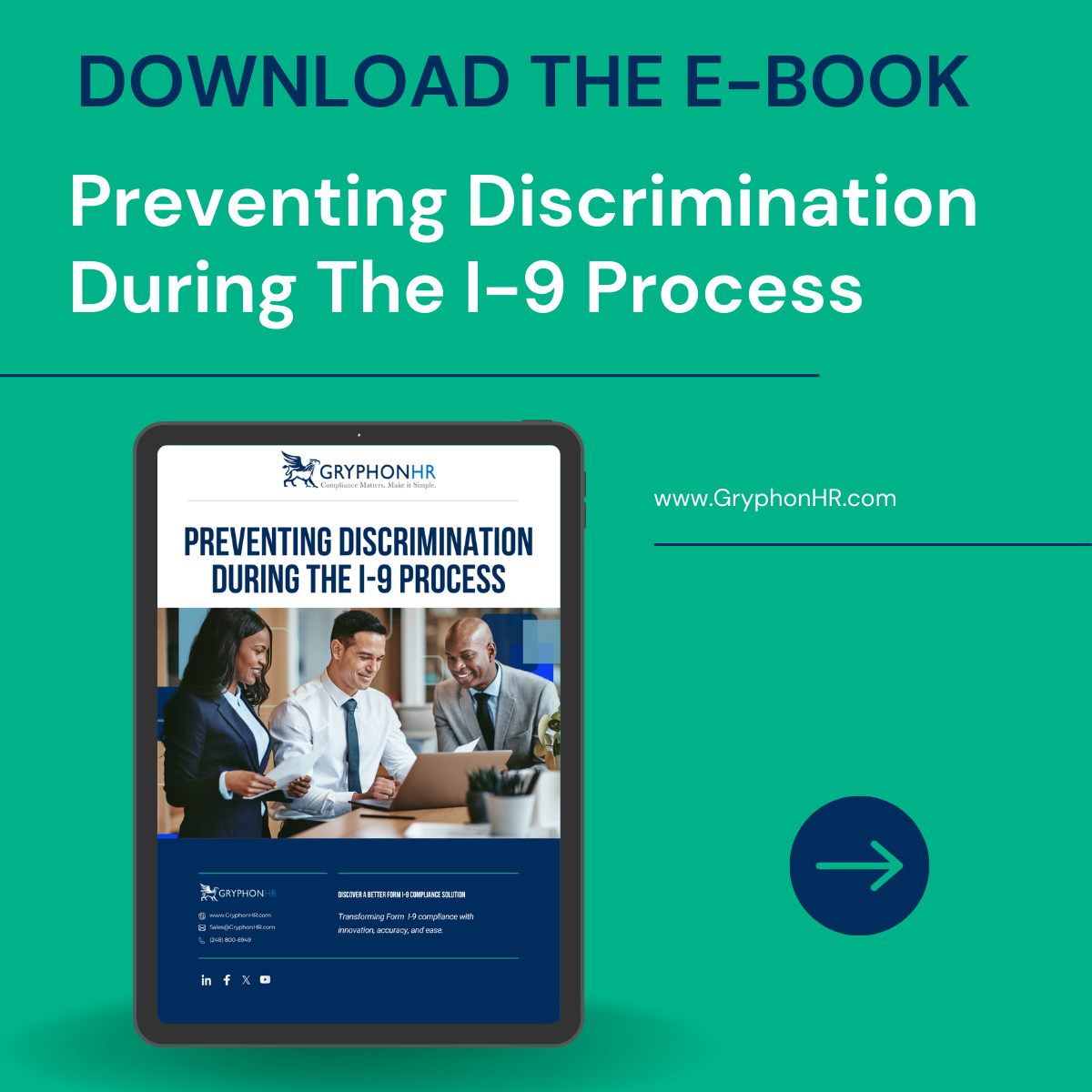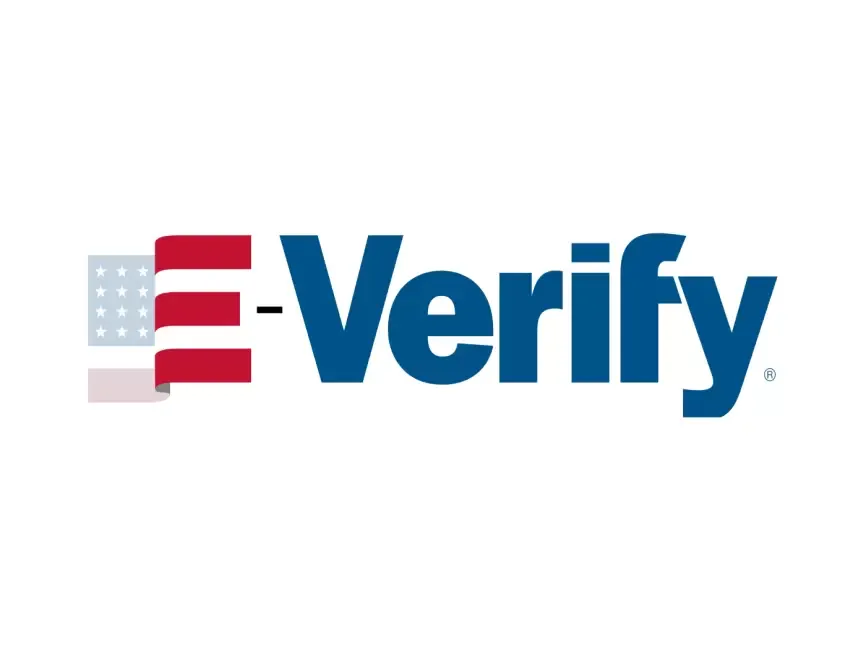Authored By: GryphonHR Blog Contributor
GryphonHR blog contributors include , consultants, researchers, and other subject-matter experts who’ve written content for our blog.
August 11, 2023
The landscape of employment eligibility verification is evolving, and on August 3, 2023, the Department of Homeland Security (DHS) unveiled a groundbreaking proposal that could reshape how employers verify their employee’s eligibility to work in the United States. A 60-day notice was published to the Federal Register by Immigration and Customs Enforcement (ICE) regarding a proposed pilot program for virtual I-9 inspections. Employers and stakeholders have been invited to comment on the proposed rule until October 2, 2023. Public comments can be submitted via the Federal eRulemaking Portal website under e-Docket ID number ICEB–2023–0007. It's important to note that submitting information through this channel makes it public.
The proposed Pilot Program for virtual Form I-9 document inspections, known as Non-E-Verify Remote Document Examination Pilot 1, is poised to bring convenience, efficiency, and adaptability to employers not currently enrolled in E-Verify.
This innovative program aims to introduce a remote verification process for Form I-9, potentially revolutionizing the way employers handle employment verification while maintaining the integrity of the system. Under this proposed rule, employers would have the opportunity to embrace virtual inspections, catering to the needs of a remote workforce and employees scattered across the nation. However, while this program offers several advantages, it's essential for businesses to assess whether this approach aligns with their operational requirements and objectives.
On August 1, 2023, a new Form I-9 was made available, in addition to a new alternative document examination option for remote I-9 verification that only applies to employers enrolled in E-Verify. More information about the new form, the alternative document review options, and E-Verify can be found in our recent blog here.
The new proposed pilot program will apply to employers who are not enrolled in E-Verify and employ less than 500 employees.
The Non-E-Verify Remote Document Examination Pilot 1 program is designed to explore the effects of remote verification on the security of the employment verification system. U.S. Immigration and Customs Enforcement (ICE) will closely evaluate aspects such as error rates, fraud detection, and potential discrimination. Unlike E-Verify employers, non-E-Verify employers would have access to this procedure, which involves the following steps within three business days of an employee's first day of work:
The Pilot Program offers the potential for wide employer participation, although it might be limited to businesses below a certain size threshold, such as 500 employees. Employers wishing to participate would complete a form, and ICE would periodically collect feedback data to refine the program. Participating employers would be required to maintain electronic copies of all supporting documentation provided by individuals, potentially including anti-fraud and anti-discrimination training.
However, it's crucial for employers to assess whether the virtual Form I-9 inspection aligns with their business model. For employees working onsite or in a hybrid capacity, there may be limitations on using the virtual procedure, requiring physical document examination.
The DHS's proposed Non-E-Verify Remote Document Examination Pilot 1 is undeniably a game-changer in the realm of employment eligibility verification. This initiative offers employers the flexibility to conduct virtual Form I-9 inspections, catering to the needs of modern workforces and decentralized teams. While this opportunity can bring significant advantages, it's paramount for businesses to assess their unique circumstances before embracing this new approach. Changes in verification procedures can introduce uncertainties, making careful evaluation crucial. As the program proceeds through the comment and implementation phases, employers have a valuable opportunity to contribute to shaping the future of employment verification in the United States.
As the landscape of employment eligibility procedures and mandates undergoes transformations, it becomes imperative to utilize appropriate technology. This might involve adopting a Form I-9 solution capable of swift adaptation to align with the evolving Form I-9 and E-Verify regulations. Suppliers of Form I-9 software must ensure their offerings deliver convenience, efficiency, and robust assistance in maintaining compliance. However, it's crucial to bear in mind that not all providers of Form I-9 compliance software possess the capability to provide timely updates to ensure compliance. Neglecting this aspect could potentially expose employers to substantial fines and penalties.
GryphonHR is at the forefront of efforts to assist employers in streamlining the complexities of Form I-9 and E-Verify compliance. Our platform is designed to seamlessly integrate evolving regulations, providing a user-friendly and efficient experience. Witness our platform in action today and explore how it can effectively support your compliance efforts. Connect with one of our Form I-9 experts to gain valuable insights and assistance tailored to your needs. Don't navigate the compliance landscape alone—partner with GryphonHR for enhanced compliance simplicity. Contact us to learn more.

Authored By: GryphonHR Blog Contributor
GryphonHR blog contributors include , consultants, researchers, and other subject-matter experts who’ve written content for our blog.
Stay updated on Form I-9 and E-Verify!


Is your I-9 compliance software placing you at risk? Learn more about the compliance requirements for electronic I-9 systems and how to evaluate important features. Skip the form and download this interactive guide!

Avoiding discrimination during the Form I-9 process is critical to preventing liability, hefty fines, and unfair hiring practices. Download our free e-book to learn more.



MENU
STAY CONNECTED
Join our newsletter to learn more about Form I-9.